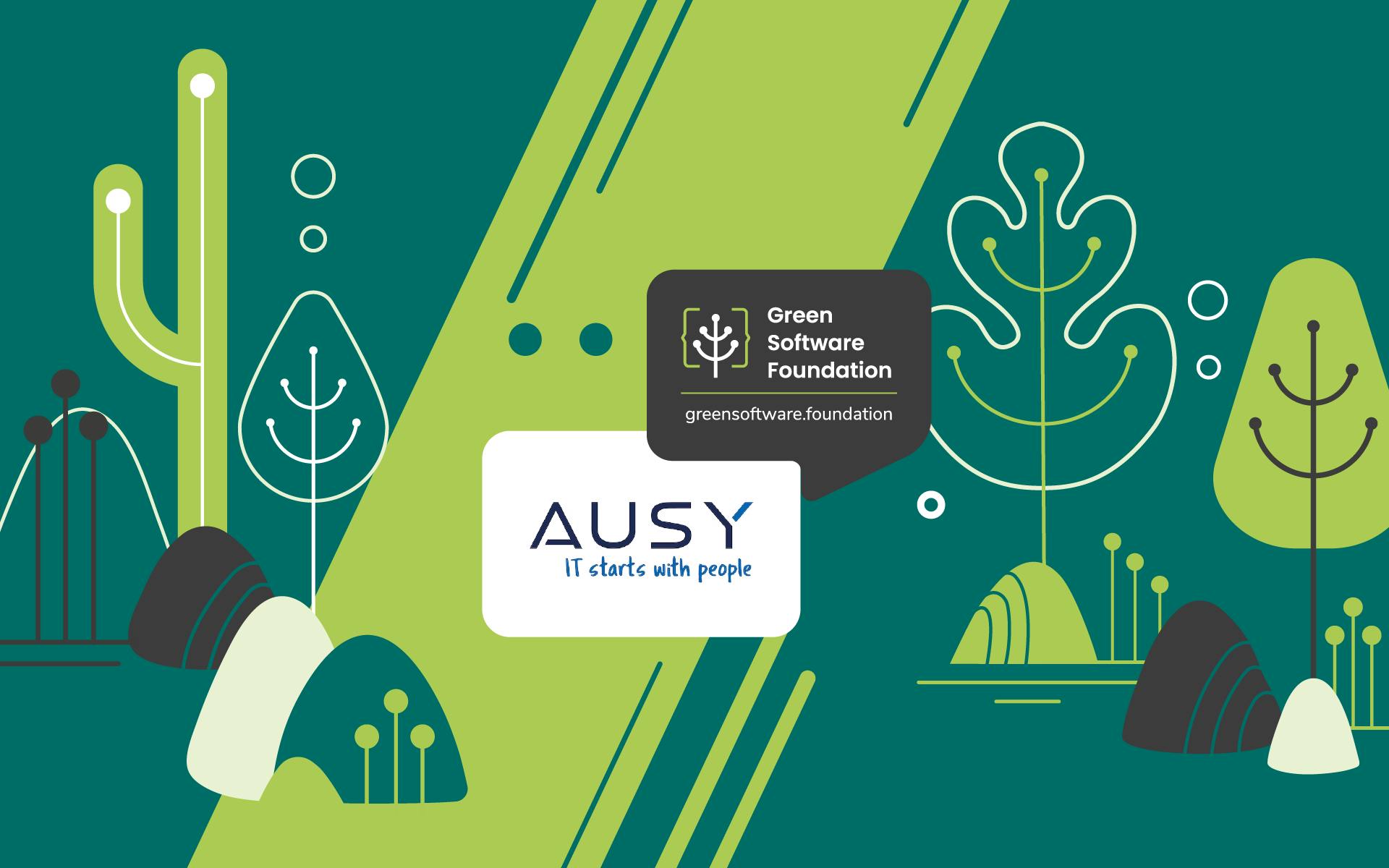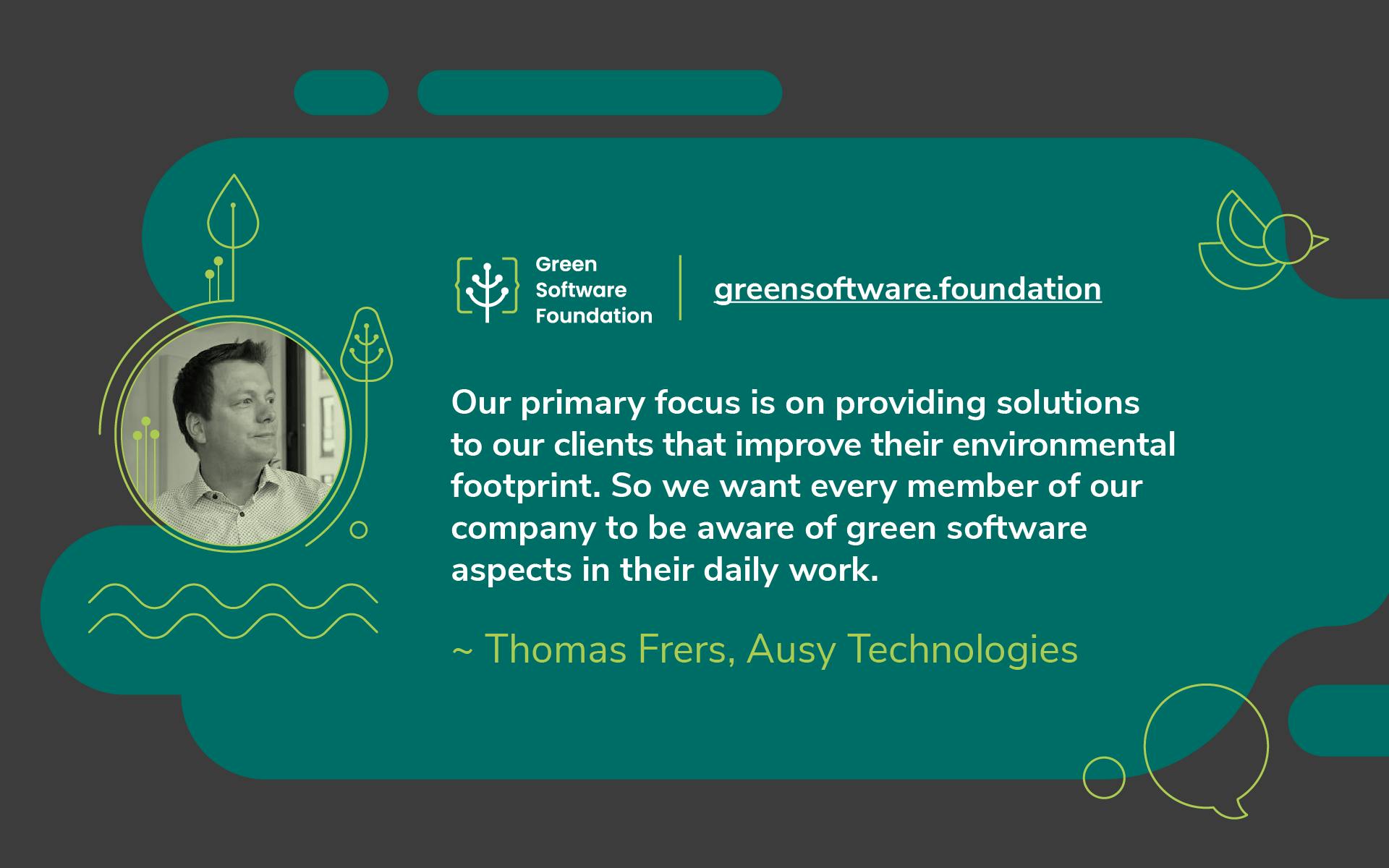What position do you hold within your company, and what path led you to this role?
I’m working as a digital solution architect at Randstad Digital. With my team, I am responsible for ideating and realizing fitting solutions for our clients. What got me here is my passion for software development and that little boy inside of me who is always happy with pressing a button and witnessing something happen. Over time, the process has become more complex!
What drives your organization's sustainability ambitions?
We take pride in developing highly customized solutions for our clients to thrive. Our primary focus is to provide solutions to our clients that improve their environmental footprint. We go the extra mile by coaching our clients to embrace sustainable development processes.
To ensure our team is well-equipped, we offer the Green Software Practitioner Course, which provides a solid foundation and shared understanding of green software practices. Building on that, we've designed a green software development framework using an agile approach.
Continuous improvement is key in creating more green software, and to measure these improvements, we use the Software Carbon Intensity (SCI) Specification. Additionally, we offer support in setting up optimized cloud environments and establishing patterns for greener software design.
We believe that software has a significant impact on the environment. Providing digital solutions to make businesses greener is one part of the equation; on the other hand, we need to improve IT to operate more sustainably. It’s necessary to increase software efficiency. Green software has become pivotal to the software development industry. That has an impact on how we build and run software.
Over the past two decades, hardware and energy have become cheaper, relatively speaking, and cloud technologies supply virtually unlimited hardware resources to development teams. So, we didn’t have to think about efficiency much. If a piece of software didn’t perform well, the easiest solution was often to throw more hardware after it. When factoring sustainability, we face an urgent need to change this and to create more efficient software again.
What drove you to become a part of the GSF community?
It is only possible to achieve systemic change if we collaborate, practice knowledge-sharing and are transparent about our green software journey. The movement is very young, so hit-and-miss will be part of the journey. Sharing and learning from each other's faults is a highly productive way to advance. The Green Software Foundation is one of the most active communities in their field. Being a part of it will allow us to have a greater impact on the industry.
We are very interested in the Foundation’s open-source projects, CarbonQL and Carbon Aware SDK. We want to see them integrated into applications. We also took notice of the Green Software Patterns Catalog; they could be valuable in building knowledge with our project members when creating green software on a coding and architectural level.
How do you envision the future of green software?
Climate change has started to impact humanity severely; we only have to watch the news. Green software can contribute to reducing energy consumption and GHG emissions. Digitalization is still going strong, meaning software's role within our communities will only increase. We have no choice but to reduce the emissions IT causes. That’s why we see green software as an essential part, be it when developing or running applications. We are actively engaged in bringing this aspect to our clients and in creating a greener future.
Have you given any thought to the challenges ahead?
One of the main challenges at the moment is to raise awareness and foster investment in green software. We want to see it accepted as a general requirement. The financial angle is very productive in this discussion. Talking about return on investment is how we can quickly achieve results. Greener software is also more cost-effective. This argument is often one of the keys to getting upper management on board.
Another big challenge is the measurement of emissions. Thanks to the (SCI) Specification, we have an excellent indicator. But we need to gather appropriate data to calculate it. Getting ahead will require that we build solid tooling and work with assumptions at first.
*Ausy Technologies is now Randstad Digital Germany

This article is licenced under Creative Commons (CC BY 4.0)
